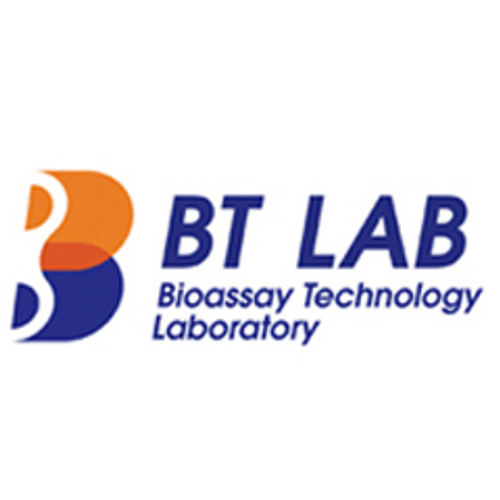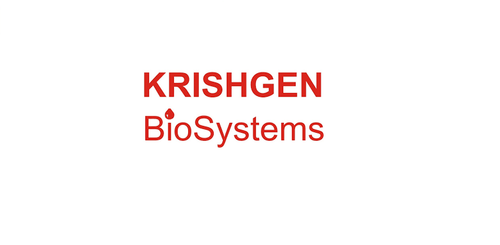Product Description
Human Protocadherin gamma-C5 (PCDHGC5) ELISA Kit | AE28442HU | Abebio
Species Reactivity: Human (Homo sapiens)
Abbreviation: PCDHGC5
Alternative Name: MGC138286; MGC138288; PCDH-GAMMA-C5;
Application: ELISA
Range: 0.31-20 ng/mL
Sensitivity: 0.01 ng/mL
Intra-Assay: ≤6.2%
Inter-Assay: ≤10.3%
Recovery: 0, 86
Sample Type: Serum, Plasma, Other biological fluids
Detection Method: Sandwich
Analysis Method : Quantitive
Test Principale: This assay employs a two-site sandwich ELISA to quantitate PCDHGC5 in samples. An antibody specific for PCDHGC5 has been pre-coated onto a microplate. Standards and samples are pipetted into the wells and anyPCDHGC5 present is bound by the immobilized antibody. After removing any unbound substances, a biotin-conjugated antibody specific for PCDHGC5 is added to the wells. After washing, Streptavidin conjugated Horseradish Peroxidase (HRP) is added to the wells. Following a wash to remove any unbound avidin-enzyme reagent, a substrate solution is added to the wells and color develops in proportion to the amount of PCDHGC5 bound in the initial step. The color development is stopped and the intensity of the color is measured.
Product Overview: PCDHgC5 is a member of the protocadherin gamma gene cluster, one of three related clusters tandemly linked on chromosome five. These gene clusters have an immunoglobulin-like organization, suggesting that a novel mechanism may be involved in their regulation and expression. The gamma gene cluster includes 22 genes divided into 3 subfamilies. Subfamily A contains 12 genes, subfamily B contains 7 genes and 2 pseudogenes, and the more distantly related subfamily C contains 3 genes. The tandem array of 22 large, variable region exons are followed by a constant region, containing 3 exons shared by all genes in the cluster. Each variable region exon encodes the extracellular region, which includes 6 cadherin ectodomains and a transmembrane region. The constant region exons encode the common cytoplasmic region.
Stability: The stability of ELISA kit is determined by the loss rate of activity. The loss rate of this kit is less than 5% within the expiration date under appropriate storage condition. The loss rate was determined by accelerated thermal degradation test. Keep the kit at 37°C for 4 and 7 days, and compare O.D.values of the kit kept at 37°C with that of at recommended temperature. (referring from China Biological Products Standard, which was calculated by the Arrhenius equation. For ELISA kit, 4 days storage at 37°C can be considered as 6 months at 2 - 8°C, which means 7 days at 37°C equaling 12 months at 2 - 8°C) .
 Euro
Euro
 USD
USD
 British Pound
British Pound
 NULL
NULL








